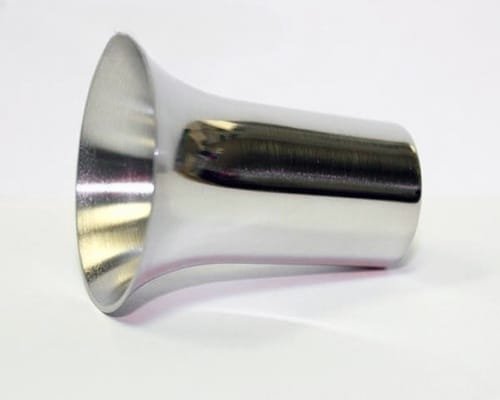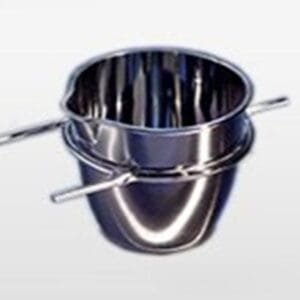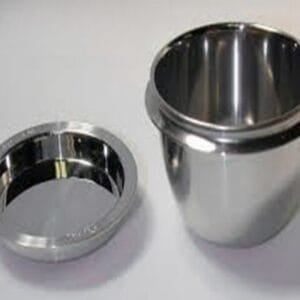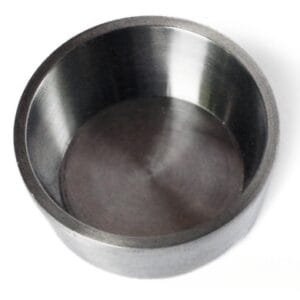Linn® Platinum Crucibles & Molds Description
Platinum is a transition metal known for its density, malleability, ductility, and highly unreactive nature. Characterized by its silverish-white appearance, it remains stable in both oxygen and water, and it dissolves only in aqua regia or fused alkalis.
Our Linn® Platinum Crucibles and Molds are crafted from a 5% Au-Pt alloy. This alloy is specifically used for sample preparation in XRF (X-ray fluorescence) analysis. The 5% Au-Pt crucibles and molds are prized for their “non-wetting” properties, which simplify the extraction of bead samples after the fusion process.


Linn® Platinum Crucibles & Molds Specification
| Size | Customized |
| Material | PtAu5 (95% Pt and 5% Au) |
| Purity | Pt ≥ 99.95% |
Below is our regular product list. We also accept custom configuration. All weights are in grams and all dimensions are in millimeters.
Linn® Platinum Crucibles
Code | A1 | B | D | Weight |
PT9701 | 41 | 49.5 | 20 | 38 |
PT9702 | 35 | 48 | 20 | 35 |

Linn® Platinum Molds
Code | D2 | A2 | A1 | B | Weight |
PT9703 | 31 | 33 | 41 | 3 | 30 |
PT9704 | 39 | 41 | 51 | 3 | 45 |

Linn® Platinum Crucibles & Molds Packaging
Our Linn® Platinum Crucibles & Molds are clearly tagged and labeled externally to ensure efficient identification and quality control. Great care is taken to avoid any damage which might be caused during storage or transportation.





Reviews
There are no reviews yet.